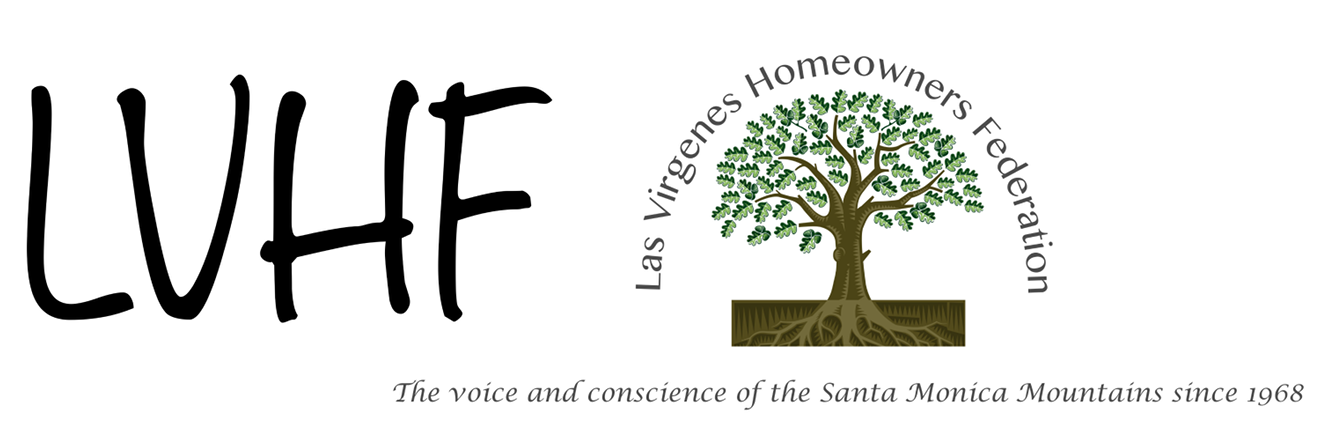Please disseminate this critical information to your HOA’s, organizations, neighborhoods, and communities ASAP. Those of us that live adjacent to parkland, open space, and within the Santa Monica Mountains and our other Rim of the Valley mountain ranges know unequivocally that our native trees are dying from drought.
The action below is supported by the Santa Monica Mountains Conservancy — and outlined by our colleague, Arnold Newman, resident of the Santa Monica Mountains and Executive Director of the International Society for the Preservation of the Tropical Rainforest:
Help Save Our Southland’s Beleaguered Trees!
Due to the now eight year drought, the mountains of southern California are presently experiencing an unprecedented massive die-off of oaks, walnut, sycamore and other trees in our oak savannahs and chaparral. A great many of the enormous and majestic oaks, for example, were saplings when Columbus discovered America. The magnitude of this loss – and the fire hazard it presents – is incalculable.
But those of us whose homes are contiguous to Santa Monica Mountains Conservancy, Mountains Recreation and Conservation Authority, National Park Service, or other parklands, CAN SAVE THE TREES WE CHERISH!
Here’s How:
Lower quality garden hoses are relatively inexpensive. Estimate the distance of trees you wish to save and purchase the length of hose necessary. If the trees are grouped somewhat closely, purchase an oscillating sprinkler that will wave to and fro. If the trees are at some distance from each other, use a spinning type (OSH has a very low priced small spinner that you can connect several together with varying lengths of hose.) Plot them out and connect the hose to your garden spigot.
Ideally, we want to water the area under the tree canopy and all you need is some 4 inches of water to sufficiently get hydration into the root mass. In order to gauge the water level under the water pressure needed to cover the area needed, place a straight sided can or glass under the tree and see how long it takes to accumulate 4 inches, and you have the correct watering time.
If you do this 2-4 times a year those trees WILL be preserved, yet even one time during the summer, my colleague, LA County Dept. of Agriculture, plant pathologist Jerry Turney states, will very likely save the tree. Jan., Feb., and March are the prime months to irrigate stressed trees which will add to the minimal rainfall.
I have been practicing this regimen for several years and have not lost a single tree – but sadly, a number of trees out of range have succumbed to the drought.
But let’s all do our part to save as many of these botanical treasures that, at this time of dire need, rely on us.

